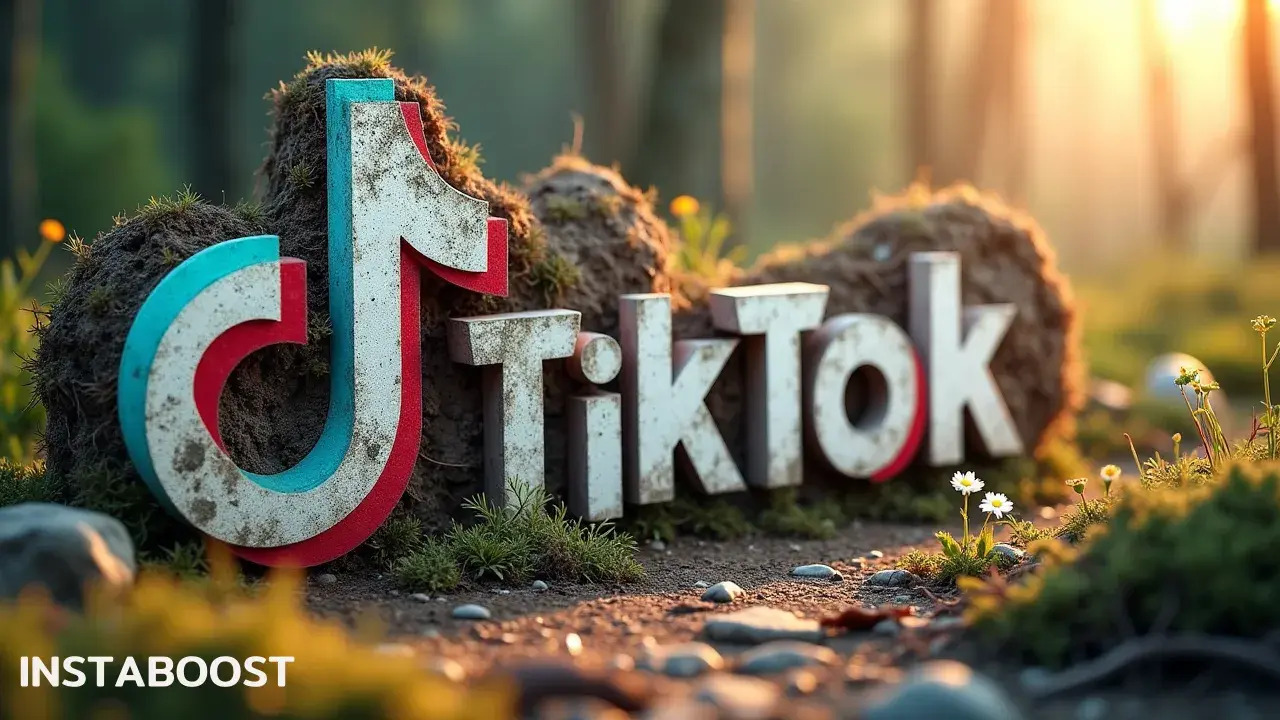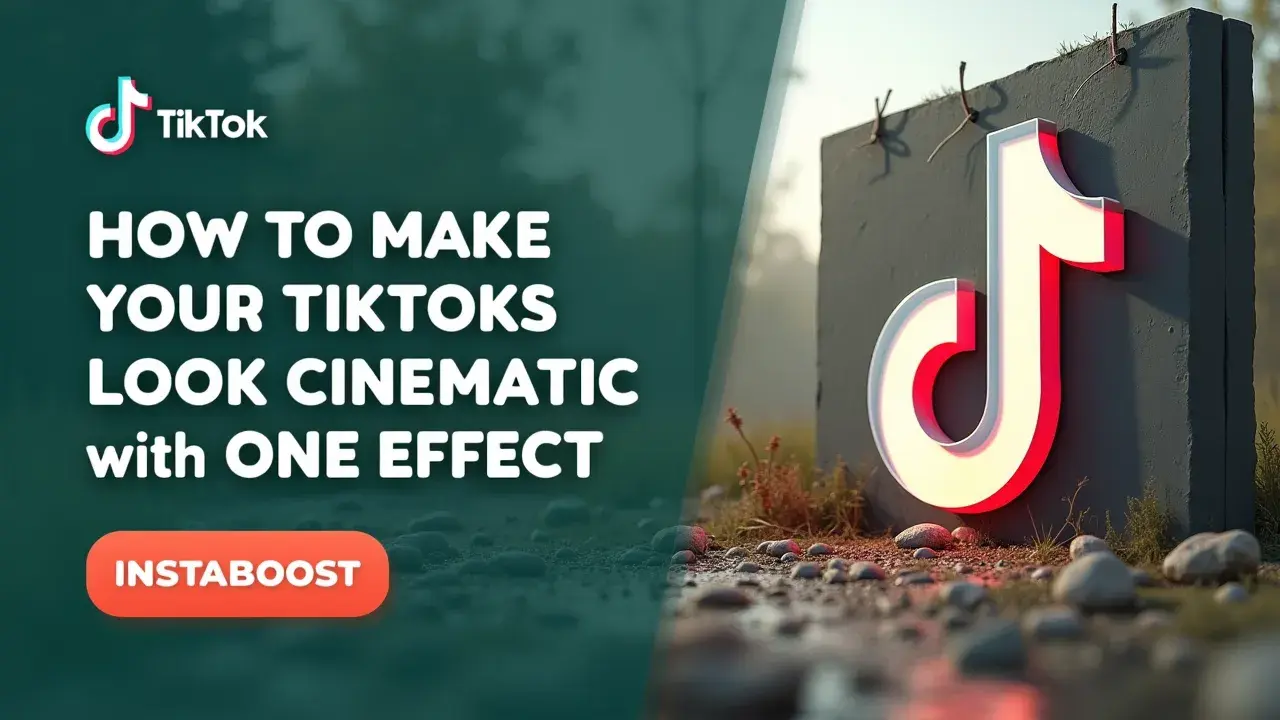How To Make Your TikToks Look Cinematic With One Effect?
Applying a single, well-chosen effect can introduce a cinematic look by shaping mood, color, and depth. Use it through simple steps that adjust tone and contrast consistently across clips, keeping exposure and framing aligned so the effect enhances rather than overwhelms. Overuse or mismatched settings can flatten details, but calibrated intensity preserves clarity and style. A smart path is testing on short cuts, matching scenes, and evaluating the before-and-after for visual impact.
Why “Cinematic” TikToks Stand Out in a Sea of Sameness
When you spend a little time scrolling through TikTok, it’s easy to notice how most videos share a really similar style. The lighting is usually flat, the camera angles are straightforward, and you see the same set of filters popping up again and again. Every now and then, though, there’s a video that feels different.
It might have a sense of depth, or maybe the lighting highlights certain details while leaving others in shadow, so the whole thing feels a bit more intentional. It doesn’t look like someone spent a fortune or pulled out a huge camera rig, but there’s a quality to it that makes you pay attention for a moment longer. What’s interesting is that this kind of effect isn’t about luck, and it’s not reserved for people with a lot of equipment.
Usually, it comes down to one simple idea that filmmakers have relied on for years. If you use this approach, your videos don’t just look a bit better – people actually watch them differently. They notice details, they stay with you, and the story you’re telling somehow feels more real.
Usually, it comes down to one simple idea that filmmakers have relied on for years. If you use this approach, your videos don’t just look a bit better – people actually watch them differently. They notice details, they stay with you, and the story you’re telling somehow feels more real.
You don’t need a bunch of complicated tools or to chase every new trend; even if you’re curious how others level up their TikTok account, it’s often this kind of basic technique that makes the difference. It’s less about the latest effects and more about understanding why certain moments stick in your memory after you’ve scrolled by. If you’re hoping to make TikToks that people actually remember, starting with this one change might be more useful than anything else you could do.

Why Most TikToks Miss the Mark (Even When the Content Is Good)
A lot of people seem to focus on coming up with clever ideas or finding a catchy angle, like that’s the most important part, while things like visuals or style get pushed to the side. But on TikTok, it doesn’t really work that way. If you scroll through the app, most of the videos kind of blend together, and it’s easy for even interesting stuff to get lost if it doesn’t catch your eye somehow. I’ve noticed that small things – like using a bit of depth of field, paying attention to the lighting, or tweaking the colors – can make a video feel more intentional. You don’t need to be a filmmaker to do any of that; it’s actually pretty doable, and it seems to matter more than people realize.
There’s something about those little details that viewers pick up on, even if they can’t put their finger on what’s different. I guess that’s partly why some accounts get steady engagement, even if they didn’t just order TikTok followers now; it usually comes down to thinking a bit about how the video looks. When you watch the popular “cinematic TikTok” clips, the shots feel chosen on purpose – the framing or lighting or focus is thought through, not just random.
It’s not about looking fancy, just about making each part of the video seem like it fits. That seems to make people slow down, at least for a second. The algorithm probably notices, but I think viewers do too, in their own way.
So I’m starting to think visuals aren’t just a nice extra – they might be one of the main things that make people take your stuff seriously, maybe even more than chasing trends or picking the right song. Even something like moving a lamp or changing where you’re standing can shift how people react. It’s not about getting it perfect, just about not doing what everyone else is doing, even in small ways...
Why a Cinematic Look Needs a Flexible Gameplan
It’s easy to get stuck looking for shortcuts to make TikToks look more cinematic – like trying out the latest trending filter or downloading that LUT everyone keeps talking about. But if you pay attention to the creators whose videos actually stand out, you’ll see they don’t lean on the same effect over and over. They tend to step back and think about what each scene really calls for. Instead of chasing every new look, they settle on a visual effect that matches the moment or the feeling they want to bring out, and then they tweak it until it makes sense for that shot. Sometimes they dial down the contrast in a morning scene so it feels quieter, and other times they play up the colors to make a reveal land harder.
It’s less about finding a magic fix and more about seeing these effects as options you can mix around, or leave out completely if they don’t fit. Things feel more natural that way, and the videos don’t start blending together. It’s not really about matching what’s popular on your feed – sometimes what helps most is noticing the small details that make your videos stand out. The more you pay attention to that, the more whatever you make starts to feel like yours, even while everything else is shifting around you.
Why “It’s Just TikTok” Isn’t a Good Enough Excuse
I’ve heard the same arguments again and again. People say TikTok doesn’t need to look good, that viewers only care about quick jokes or trending sounds, not about well-made videos. But when I look at what’s actually working on the platform now, it feels like that’s changing.
There are more creators showing up with videos that stand out visually, and those are usually the ones getting noticed and picked up by the algorithm. You can see it in the comments and in the way their videos get shared. I’ve even noticed conversations about affordable TikTok views in the context of content performance, but what really stands out is how adding a filter that fits the mood or paying attention to lighting can make a difference.
Sometimes nobody can say what’s different about a video, but they end up watching it twice, or stopping longer than they meant to. And brands seem to notice too – creators who put in that small amount of extra effort are the ones getting offers. So even if TikTok used to feel disposable, I don’t think that’s really true anymore. The bar is higher now, and if you keep treating your videos like it’s still 2020, you might find yourself left behind. It’s small things, really – a steadier shot, a look at how the colors come through, or using one effect that fits with what you’re trying to say. That’s what I see people doing, and it just seems to matter more than it used to.
Make Every TikTok a Test Lab
It’s easy to spot the little mistakes or rough patches in your videos, and instead of covering them up, you can actually use them to see what works. People who make TikToks that feel more cinematic aren’t just picking a filter and calling it done. They keep trying out small adjustments, shifting their approach a bit each time, and paying attention to what each video needs. Sometimes a scene needs more contrast, or a slow zoom can bring out a detail you didn’t notice before. These are small choices, not strict rules. Effects are there to help you solve problems, not something you have to use every time.
You don’t have to wait for a trending sound or someone to say it’s okay to try something new. If you start thinking about how you frame a shot, how fast things move, or how colors show up, it’s less about chasing what’s popular and more about noticing what actually fits your idea. Along the way, you start to engage wider TikTok communities, picking up new perspectives just by being part of the flow. That helps you make videos that aren’t pinned to one style or platform. Trends keep shifting, but the people who figure out their own way tend to make things that stay with others a little longer. Each time you upload, you learn a bit more about what works for you, and those lessons end up being useful far beyond TikTok. There isn’t really a finish line with any of this, so you end up building something of your own, one small choice at a time.
A Cinematic Future, One Effect at a Time
A lot of people talk like there’s a big divide between what you see on TikTok and what counts as “real” filmmaking, but in reality, that difference isn’t always so clear. I’ve noticed that sometimes, doing something simple – like putting a letterbox on your video, using a certain color filter, or playing with focus – can make a TikTok feel surprisingly different. It doesn’t take special equipment or a big setup; mostly, it’s about being willing to experiment a little. Small changes like this affect how people watch your video – they might actually slow down, pay more attention, maybe even remember it later.
If you search for tutorials on making TikToks look cinematic, you’ll notice that the people who use these effects thoughtfully, instead of piling them on every time, often see more saves and longer watch times. I remember coming across a site that lets you get started fast on TikTok, but honestly, it’s less about showing you know how to edit, and more about creating a certain mood, or maybe giving people something that feels a little different from what they’re used to. These tweaks don’t guarantee anything, but sometimes they help your video get picked up by the algorithm, or at least make it stand out in someone’s feed. The more you start to approach TikToks like short films, the more you realize that the word “cinematic” is actually about how you’re thinking when you make something, not just about how it looks.















